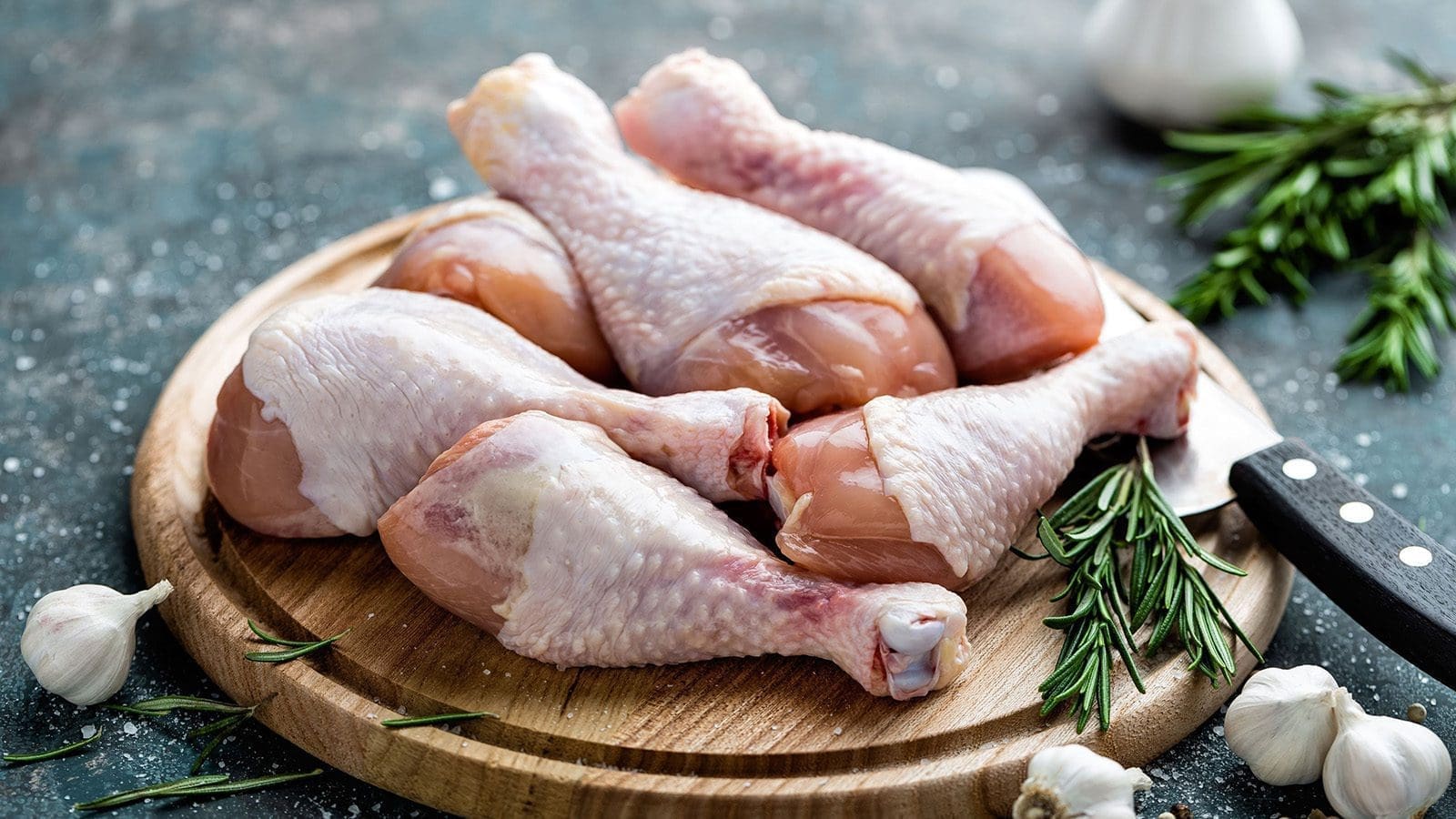SOUTH AFRICA – Chicken meat production in South Africa is set to increase by 2 percent in 2023 to 1.6 million tons as a result of normalization of feed costs, improvement of the animal health situation, economic recovery, and investment by the industry.
Investment has been spurred by support from the South African Poultry Association (SAPA), whom since 2019 has invested R1.14 billion (US$78 million) for expansion of production facilities to support new commercial farmers.
According to SAPA, these investments have yielded an increase in production of 1 million additional birds per week.
The association’s goal is to enable the industry to increase production by a minimum of 10 percent in the period of 2019- 2023.
However, USDA in a GAIN report, forecasts production will increase only marginally during this period due to the myriad of challenges associated with higher feed and fuel prices.
In 2022 chicken meat production is expected to remain mostly flat at 1.5 million tons in 2022, as a result of the high cost of inputs that was exacerbated by Russia’s invasion of Ukraine.
Also, production in the recent years has been impacted by outbreak of the Highly Pathogenic Avian Influenza.
Since April 2021, nearly 4 million birds have been culled representing 2.6 percent of the national flock, 9.6 percent of the egg industry flock and 0.6 percent of the broiler flock.
Until June 2022, South Africa reported a total of 85 outbreaks to the World Organization for Animal Health although the cases are thought to have reached 145.
Meanwhile, the rate of chicken consumption in the country is also expected to increase by 2 percent in 2023 from 1.89 million tons attained in 2022.
South Africans will consume more chicken as a result of projected price increases for other proteins like beef and lamb.
Chicken is by far the most popular meat in the country with a Per Capita consumption of 39.68 kg/year.
As consumption is set to rise, the country will turn to imports to meet the demand not satisfied by local production with imports expected to increase marginally by 3 percent.
The impact of increased tariffs and application of Anti-Dumping Duties (ADDs) against poultry from Brazil, Poland, Ireland, Denmark, and Spain currently scheduled for mid-2023 will limit the supply of affordable imports for the second half of the year.
In August, the government of South Africa through the Ministry of Trade & Industry suspended the imposition of anti-dumping duties on chicken imports from Brazil and the four European Union countries for at least a year, in order to protect consumers’ pockets amid high food prices.
The announcement follows conclusion of an investigation by the International Trade Administration Commission of South Africa (ITAC) into the alleged dumping of frozen bone-in portions of chicken imported from the forementioned countries launched in February 2021.
The report has further forecasted that South Africa’s chicken meat exports for 2023 will increase by 4 percent as poultry continues to be a favoured protein for the country’s major markets.
South Africa exports mainly to the Southern Africa where consumers are cost-conscious and typically eat less red meat.
Liked this article? Subscribe to Food Business Africa News, our regular email newsletters with the latest news insights from Africa and the World’s food and agro industry. SUBSCRIBE HERE











